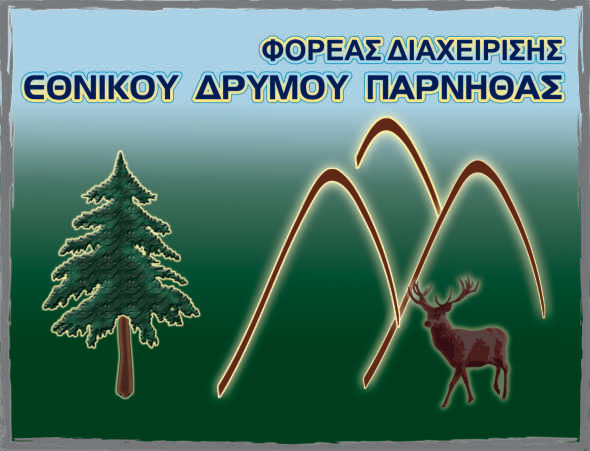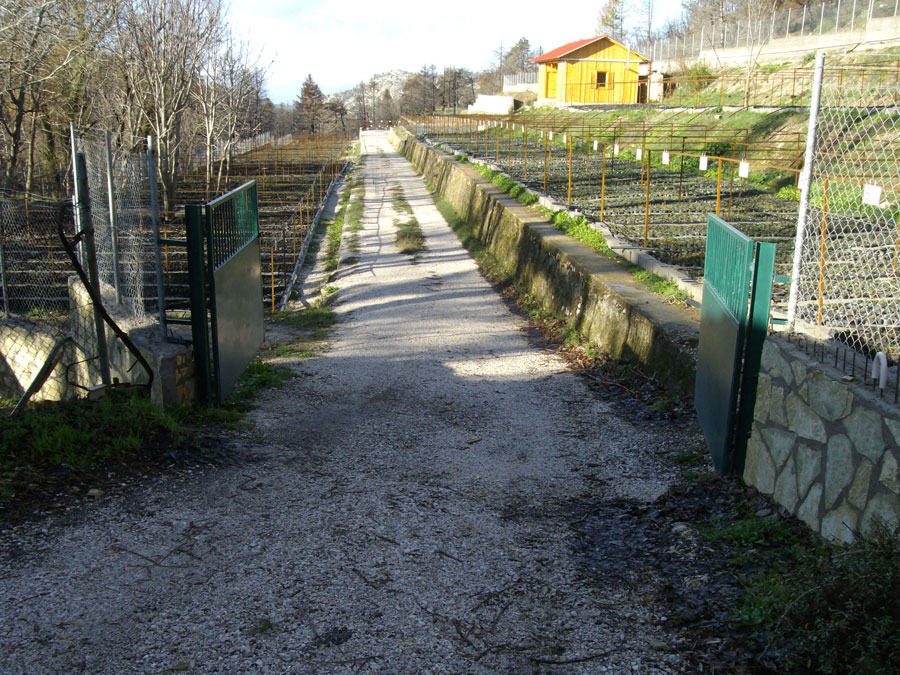Most of the projects that have been carried out and are still being carried out relate to the reconstruction of the burned fir forest from the catastrophic fire of June 2007 and the restoration of the ecosystem.
Specifically, in the fire of June 2007, 36,338.13 acres of the National Park were burned, of which 21,800 acres were covered by a fir forest, which is extremely difficult to regenerate. 10,561.98 acres were burned from the Aleppo pine forest, while the area of evergreen broadleaves burned is 3,976.2 acres. In these last areas, the dominant species are naturally regenerated.
The intensity of the fire was very high and the vegetation in a large part of it was largely destroyed, resulting in the expected occurrence of strong environmental and ecological impacts in the forest environment of the National Park. In particular, a large fire affects the flora and fauna of the area, the retention and then the distribution of rain that reaches the soil surface, the flood and the flow of its watercourses, the physical and chemical properties of its soil, as well as also water and air quality.
The protection and restoration works deemed necessary and appropriate for the specific area were carried out immediately after the fire are summarized as follows:
Anti erosion works
In the burned areas, projects were constructed along the area of the slopes of the river basins with the aim of:
- Avoiding the creation of extensive surface runoff and subsequent soil erosion on the slopes of the basins.
- The retention of soil material, the temporary storage of as much water as possible and the gradual filtration and penetration of it into the deeper layers of the soil.
- The creation of favorable conditions for the restoration and protection of vegetation.
The anti-corrosion works started in early August and were completed in the first ten days of October. They were built in an area of approximately 28,000 acres, 1,784,380.37 meters or 63.99 m / acre. logs and twigs, as well as 4,045.51 sq.m. or 0.15 sq.m. / acre. wooden barriers.
Flood protection works
To reduce the risk of flooding, flood control works were carried out in the riverbeds of the basins. A total of 44 stone-filled wire boxes (sarzanets) were constructed in the streams of Agia Triada, Houni, Agios Georgios and Giannoulas.
The results from both the anti-corrosion and the anti-flood, as it has been found so far, were very satisfactory and greatly reduced soil erosion as well as floods downstream of the area.
Restoration of natural vegetation – Reforestation
In the evergreen-broadleaf ecosystems (which have a mechanism of natural regeneration after fire) and in the forests of Aleppo pine (adapted species that regenerates naturally after fire) no reforestation intervention was sought, as the natural regeneration mechanisms were developed and the monitoring indicated to us that no operations are required.
In the burned areas of the Kefallinia fir forest, the restoration works started in the spring of 2008. The reforestation studies are prepared annually by the competent staff of the Agency and the works are assigned to a contractor. The Agency supervises the reforestation works, monitors and records the progress of reforestation interventions for the selection of appropriate future actions and remedial measures.
In summary, in a total area of approximately 4,567 acres during 2008-2020, were planted: 281,700 black pine seedlings, 224,186 Kefalonian spruce seedlings and 800 fluffy oak seedlings. The black pine is used to create forest in difficult areas to accept the future reforestation of the Kefalonian fir.
The results of reforestation are considered satisfactory as the conditions for the restoration of the fir forest in Parnitha are not favorable, due to the special climatic conditions, high temperatures and the epidemic of bark-eating insects that place strong restrictions on the survival of the fir.
Reconstruction of the forest nursery of Agia Triada
Immediately after the fire, the forest nursery of Agia Triada was reconstructed in order to produce planting material for the reforestation of the burned areas. The area of the nursery is 6,986 sq.m. and has the capacity to produce up to 300,000 seedlings. From 2008 onwards, fir seeds are collected from the area for the production of seedlings, which after three years in the nursery are available for reforestation.
The Parnitha forest nursery belongs to the Attica Reforestation Directorate, but after the fire it has been given for use to the Agency which is responsible for its operation, maintenance and execution of all necessary studies and works for the reproduction of the planting material.



